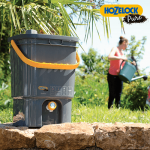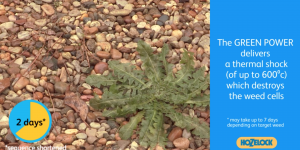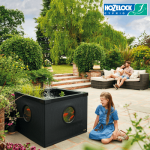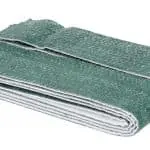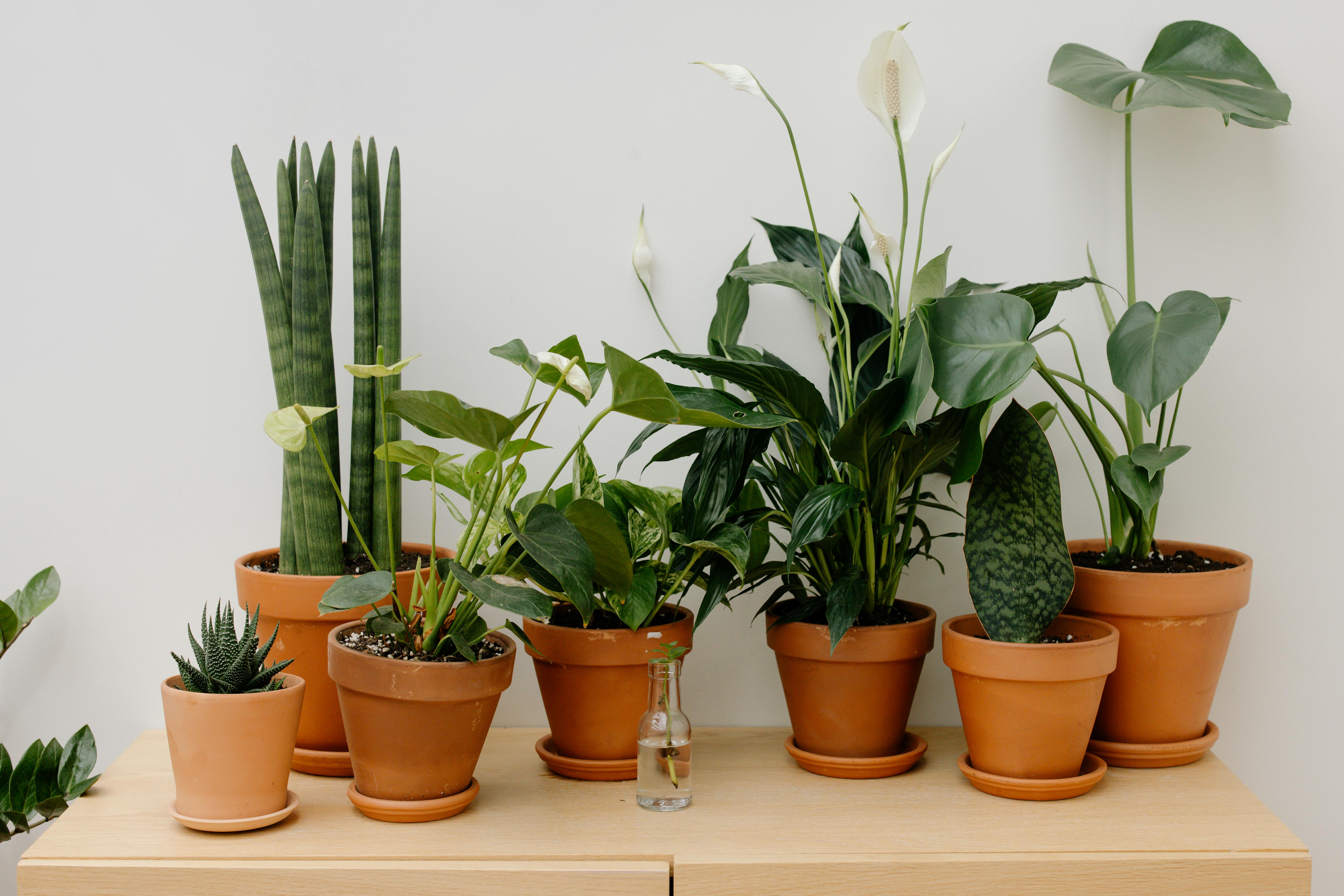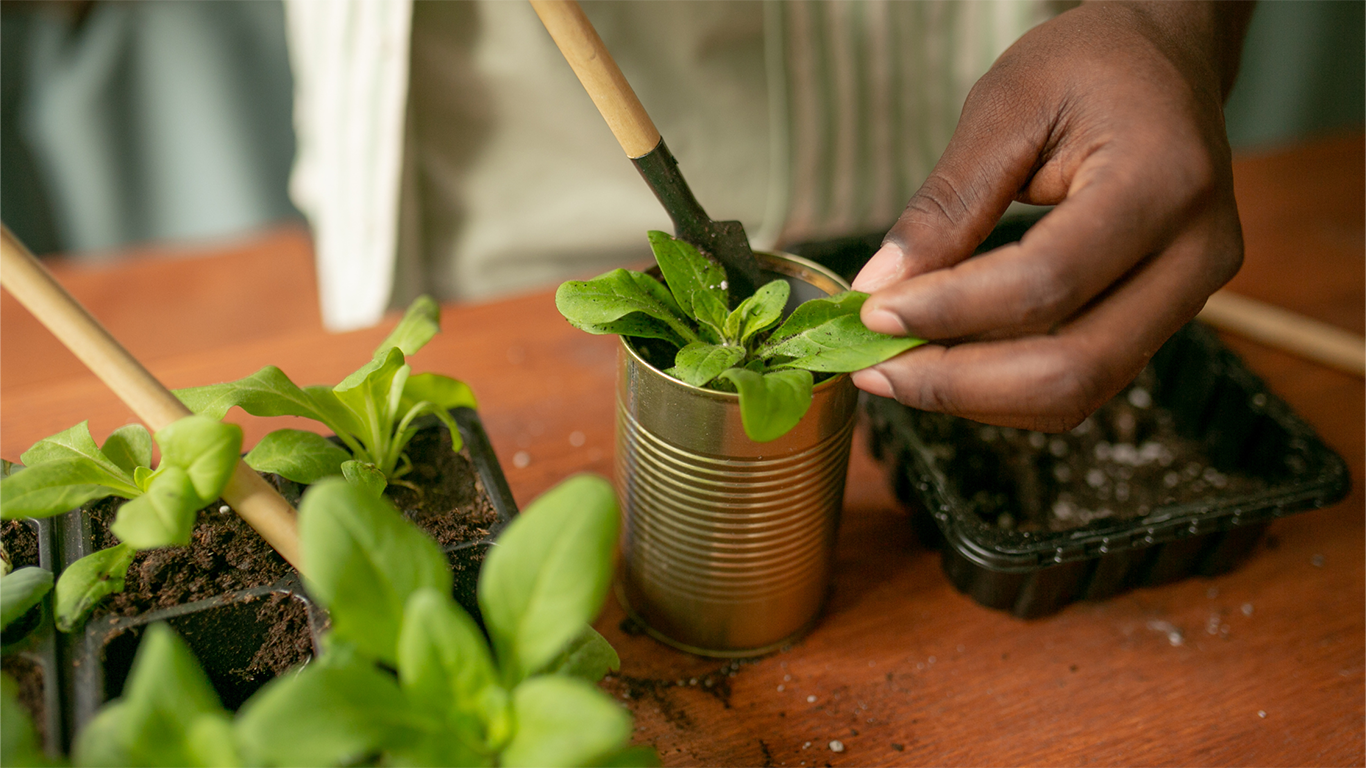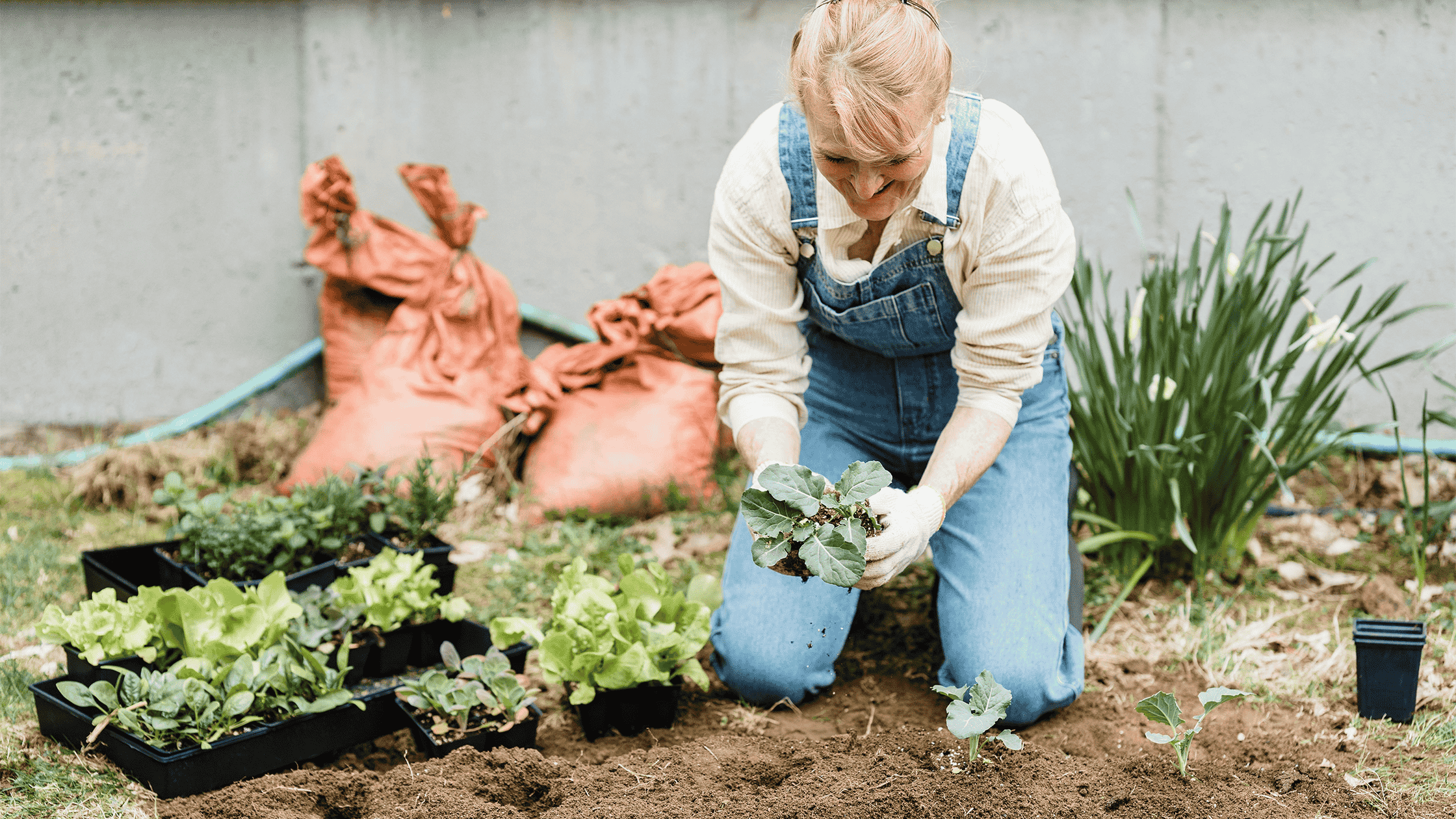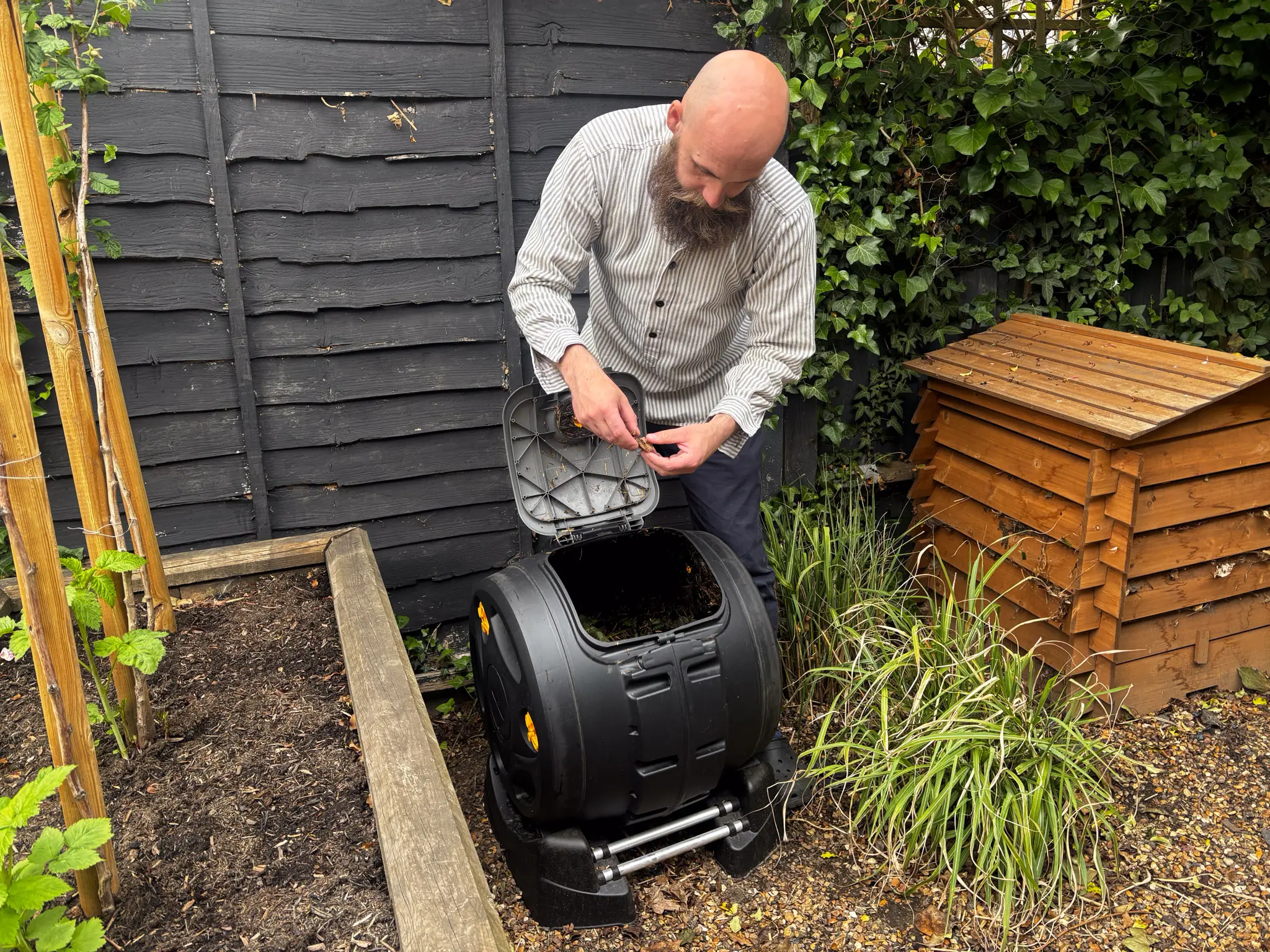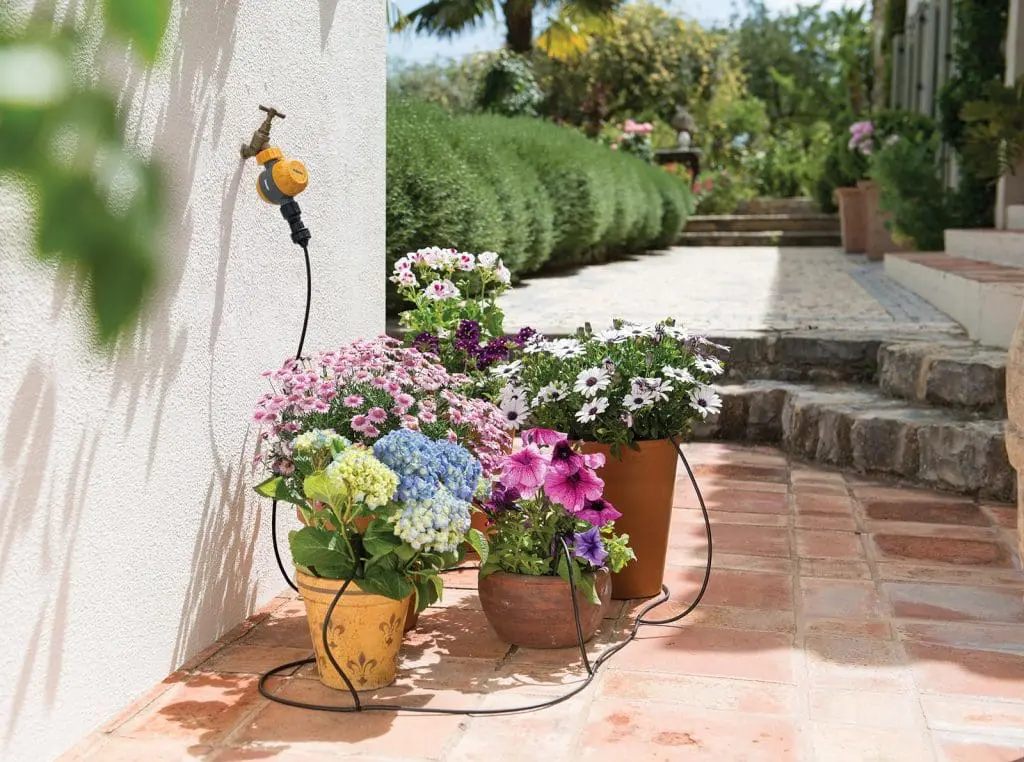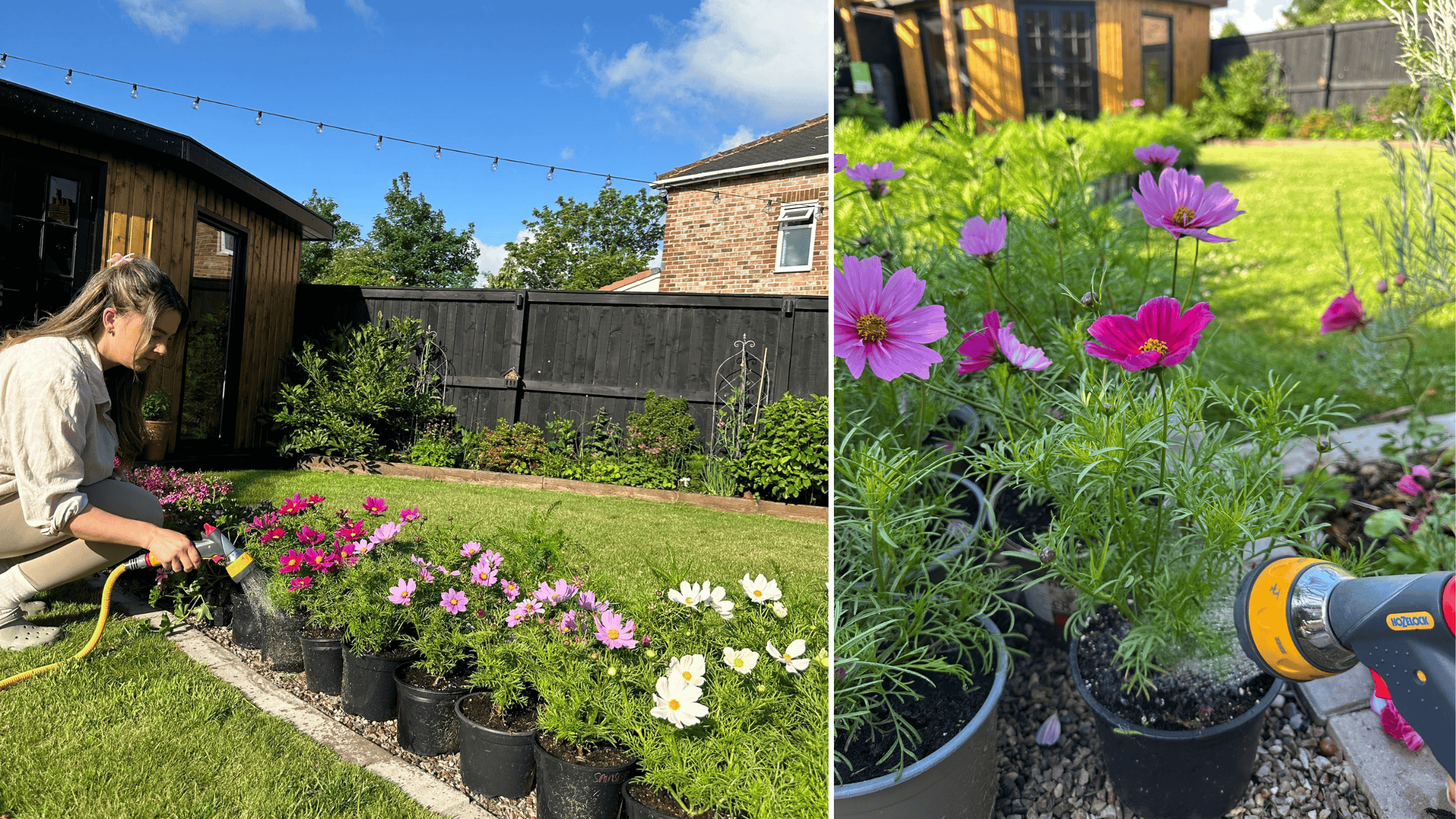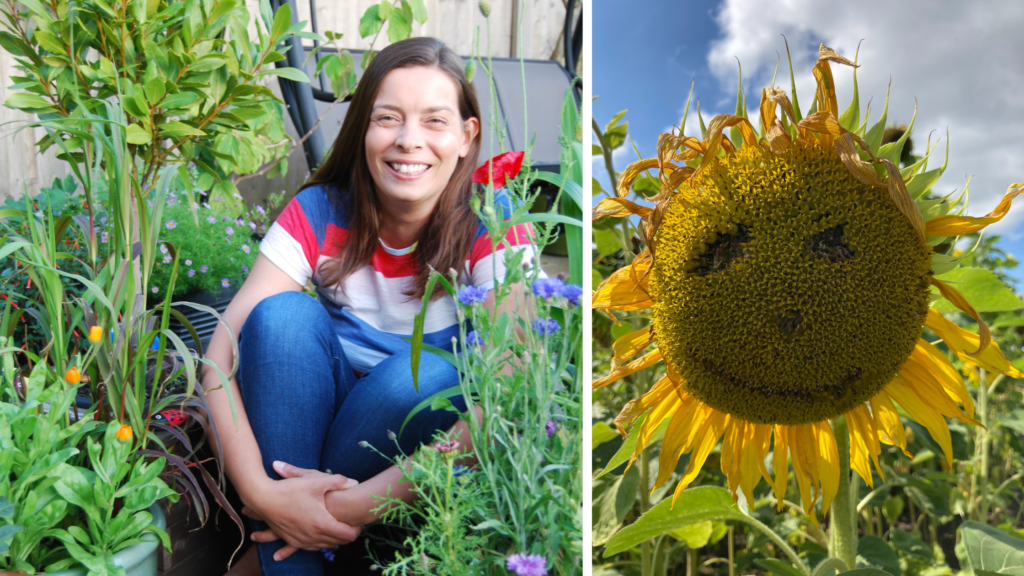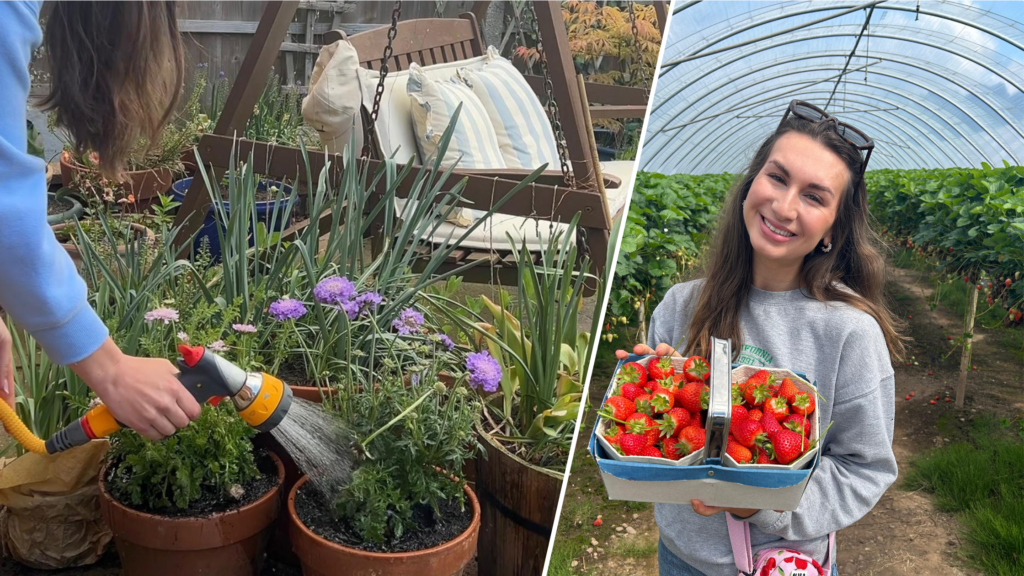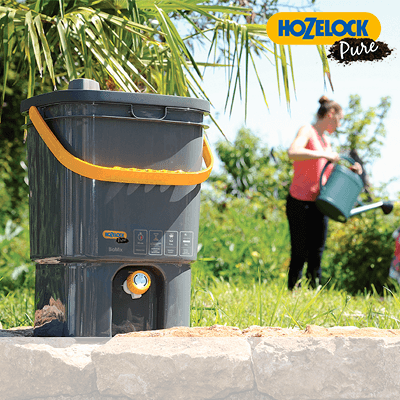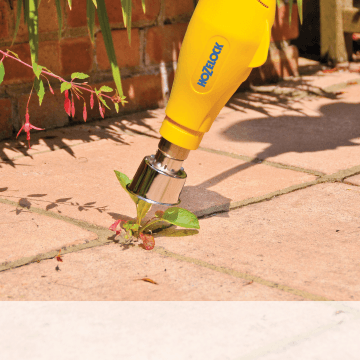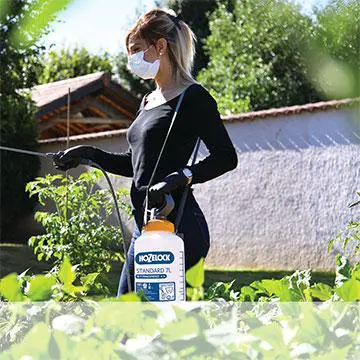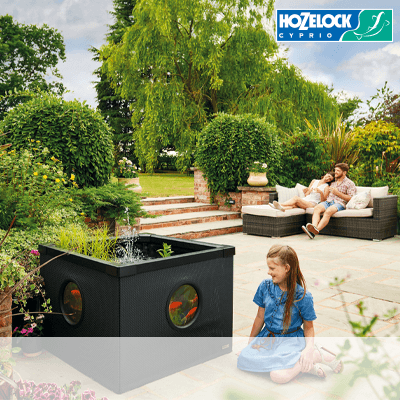Have you ever walked into a room filled with greenery and felt an immediate sense of calm? There’s a reason for that—and it’s not just because plants look good.
Indoor plants do something pretty magical: they help clean the air we breathe. That’s right, those leafy companions aren’t just decor—they’re hard at work absorbing toxins, releasing oxygen, and making your home a healthier, more peaceful place.
Whether you live in a city flat or a countryside cottage, adding a few air-purifying houseplants to your space is an easy, beautiful way to freshen things up. And the best part? Many of the best air-cleaners are also super easy to care for—even for beginners.
In this guide, we’ll cover:
- What air-purifying plants do and how they work.
- The best houseplants for naturally cleaner air.
- Simple care tips to keep your green friends thriving.
- Where to place them for maximum impact.
Let’s fill your home with fresh air and feel-good foliage.
Why Air-Purifying Plants?
You might be wondering—don’t all plants purify the air? Technically, yes. Through photosynthesis, plants absorb carbon dioxide and release oxygen. But some houseplants go above and beyond, filtering out harmful chemicals like:
- Formaldehyde (found in cleaning products, furniture, and carpets).
- Benzene (in paints, plastics, and synthetic fibres).
- Trichloroethylene (in solvents and adhesives).
- Xylene and toluene (in glues and nail polish).
NASA’s famous Clean Air Study found that certain plants can remove these common indoor pollutants. So, while they won’t replace your need for good ventilation, they can absolutely help improve your indoor air quality—and your mood.
10 Best Air-Purifying Houseplants (and Why You’ll Love Them)
Here are 10 of the top-performing houseplants that don’t just look pretty—they actively clean your air and contribute to a healthier living environment.
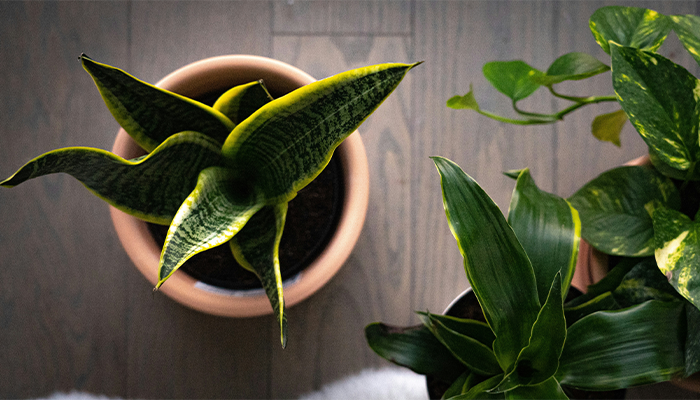
1. Snake Plant (Sansevieria trifasciata)
Also known as: Mother-in-Law’s Tongue
- Why it’s great: One of the toughest houseplants around, the snake plant filters out formaldehyde, benzene, and xylene. It also releases oxygen at night, making it perfect for bedrooms.
- Light needs: Low to bright, indirect light.
- Watering: Every 2–3 weeks; let the soil dry completely between waterings.
Bonus: Virtually unkillable. Perfect for forgetful waterers!
2. Peace Lily (Spathiphyllum spp.)
- Why it’s great: Peace lilies are beautiful, easy to care for, and excellent at removing a wide range of toxins, including ammonia.
- Light needs: Low to medium, indirect light.
- Watering: Weekly; keep soil consistently moist but not soggy.
Bonus: They produce elegant white blooms even in low light.
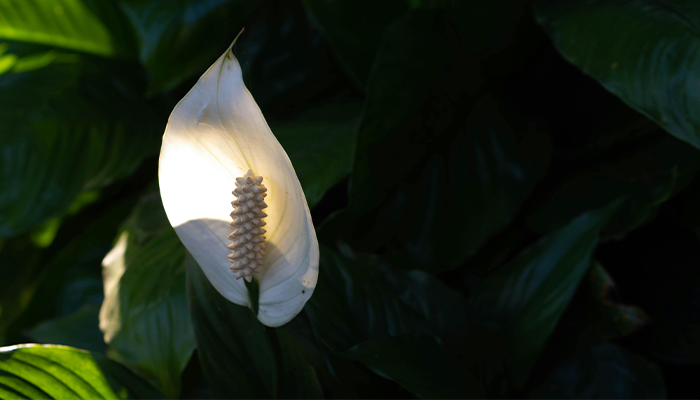
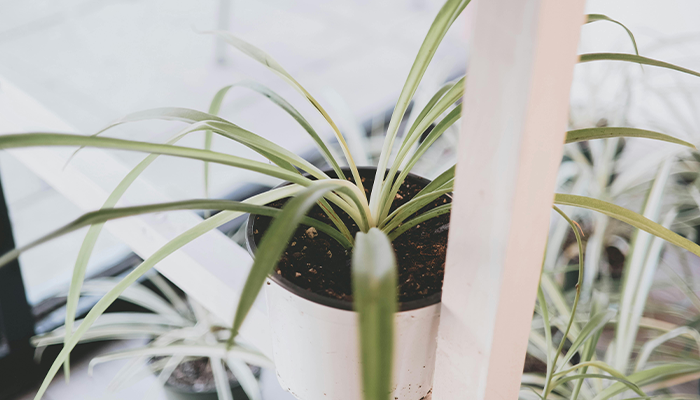
3. Spider Plant (Chlorophytum comosum)
- Why it’s great: A cheerful, low-maintenance plant that’s great at removing carbon monoxide and formaldehyde. Plus, it’s pet-safe!
- Light needs: Bright, indirect light.
- Watering: Once a week or when the soil feels dry.
Bonus: Produces “babies” you can pot and share.
4. Aloe Vera (Aloe barbadensis miller)
- Why it’s great: Not only does aloe filter toxins like benzene and formaldehyde, but its gel can also soothe burns and skin irritations.
- Light needs: Bright, direct sunlight.
- Watering: Every 2–3 weeks; loves dry conditions.
Bonus: Doubles as a natural first-aid kit.
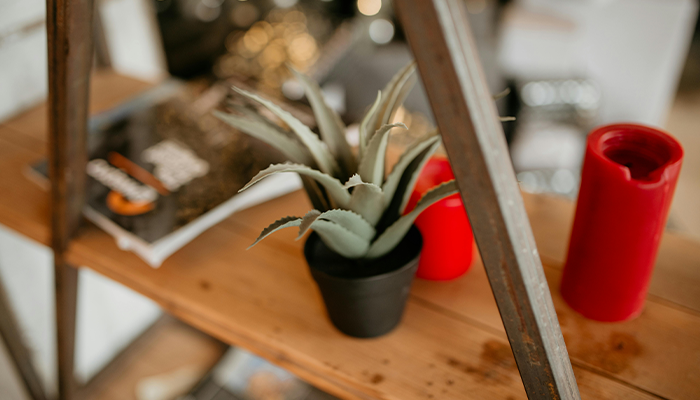
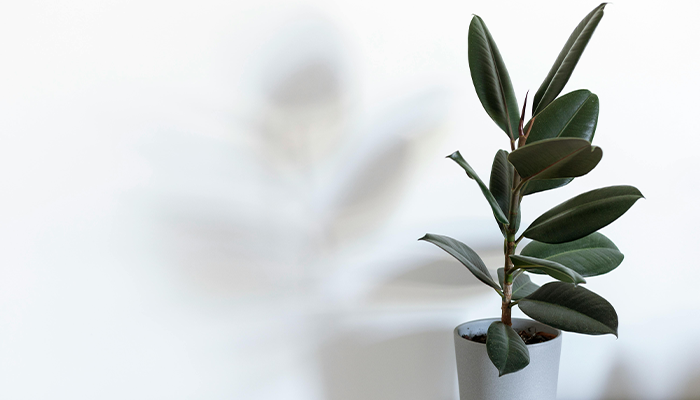
5. Rubber Plant (Ficus elastica)
- Why it’s great: A stylish plant with glossy leaves that excels at removing airborne toxins like formaldehyde.
- Light needs: Bright, indirect light.
- Watering: Weekly; let top inch of soil dry out.
Bonus: Adds a bold, modern vibe to any room.
6. Areca Palm (Dypsis lutescens)
Also known as: Butterfly Palm
- Why it’s great: An elegant palm that acts like a natural humidifier, while filtering benzene and trichloroethylene.
- Light needs: Bright, indirect light.
- Watering: Keep soil moist but not wet.
Bonus: Gives your home serious tropical holiday energy.

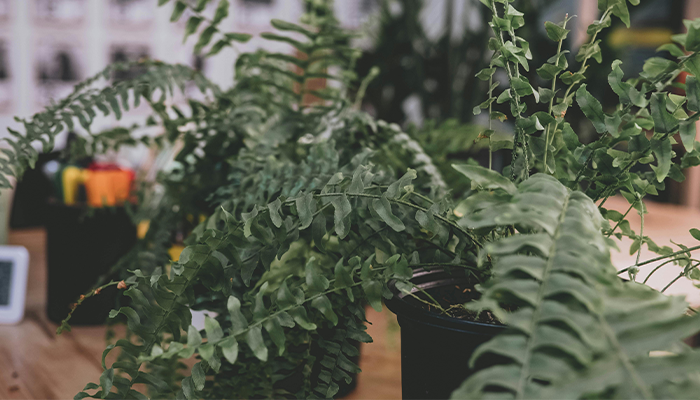
7. Boston Fern (Nephrolepis exaltata)
- Why it’s great: A natural humidifier and air-filtering champion, especially effective at removing formaldehyde and xylene.
- Light needs: Indirect light; prefers humid environments.
- Watering: Keep soil consistently damp; mist regularly.
Bonus: Lovely hanging basket option for bathrooms or kitchens.
8. ZZ Plant (Zamioculcas zamiifolia)
- Why it’s great: Hardy, low-maintenance, and effective at filtering air even in low-light conditions.
- Light needs: Low to bright, indirect light.
- Watering: Every 2–3 weeks; tolerates drought well.
Bonus: Nearly indestructible and perfect for beginners.
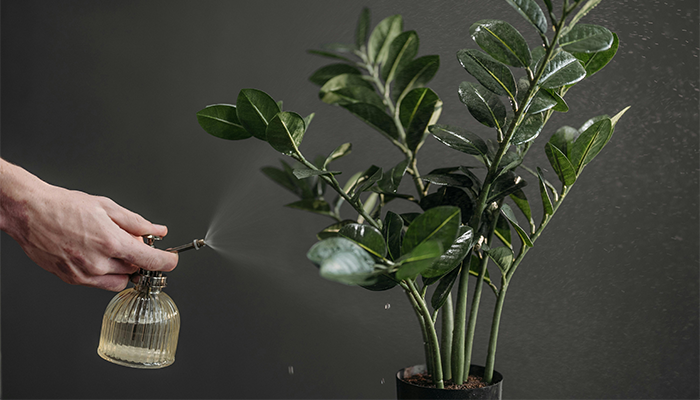
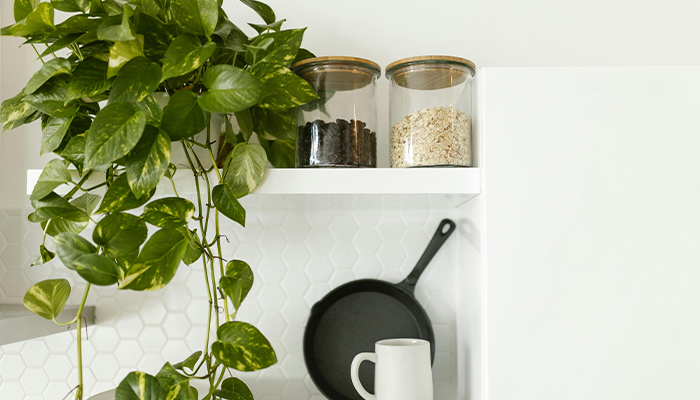
9. Pothos (Epipremnum aureum)
Also known as: Devil’s Ivy
- Why it’s great: A trailing vine that’s tough, attractive, and filters benzene, formaldehyde, and more.
- Light needs: Low to medium, indirect light.
- Watering: Weekly or when the soil is dry.
Bonus: Grows fast and looks amazing from shelves or hanging pots.
10. Dracaena (Dracaena fragrans, marginata, etc.)
- Why it’s great: With many varieties to choose from, Dracaena is excellent at removing formaldehyde, trichloroethylene, and xylene.
- Light needs: Bright, indirect light.
- Watering: Let top layer of soil dry between waterings.
Bonus: Adds height and elegance to corners or entryways.
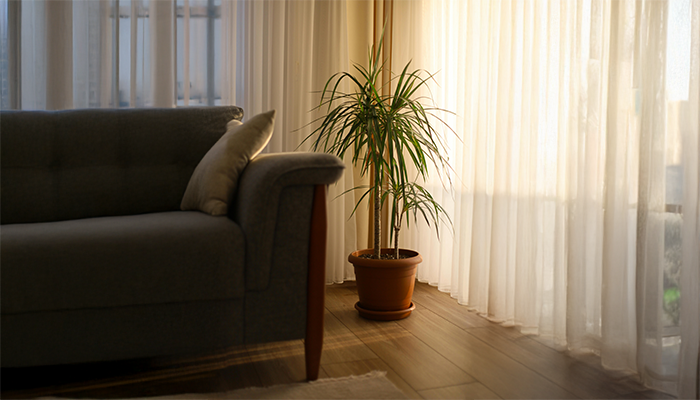
Where to Place Your Air-Purifying Plants
Strategic placement helps maximise the air-cleaning benefits of your plants. Here’s how to make the most of their powers:
- Bedroom: Go for snake plant, peace lily, or aloe to purify while you sleep.
- Living Room: Fill this busy area with bold beauties like rubber plant or areca palm.
- Kitchen: Use pothos or spider plant to tackle odours and lingering fumes.
- Bathroom: Ferns and peace lilies thrive in humid conditions.
- Workspace: A small ZZ plant or aloe vera adds life and focus without fuss.
Pro tip: A NASA-inspired recommendation is one plant per 100 square feet for noticeable air-purifying effects.
General Care Tips for Happy, Healthy Plants
No green thumb? No problem. Follow these simple tips to keep your air-purifying plants thriving:
- Don’t overwater: Most houseplant casualties are due to soggy roots. Check soil moisture before watering.
- Clean the leaves: Wipe dust from leaves every few weeks to help them absorb light and “breathe.”
- Repot as needed: Give growing plants new pots and fresh soil every couple of years.
- Watch for pests: Keep an eye out for spider mites or aphids and treat them quickly.
- Group for humidity: Many tropical plants love moisture—grouping them together creates a microclimate.
In a world filled with screens, stress, and synthetic materials, houseplants are a welcome breath of fresh air—literally.
Air-purifying plants offer a simple, beautiful way to care for your home and your wellbeing. With just a few pots and a bit of love, you can turn your space into a leafy retreat where the air is cleaner, the vibe is calmer, and the energy feels just right.




